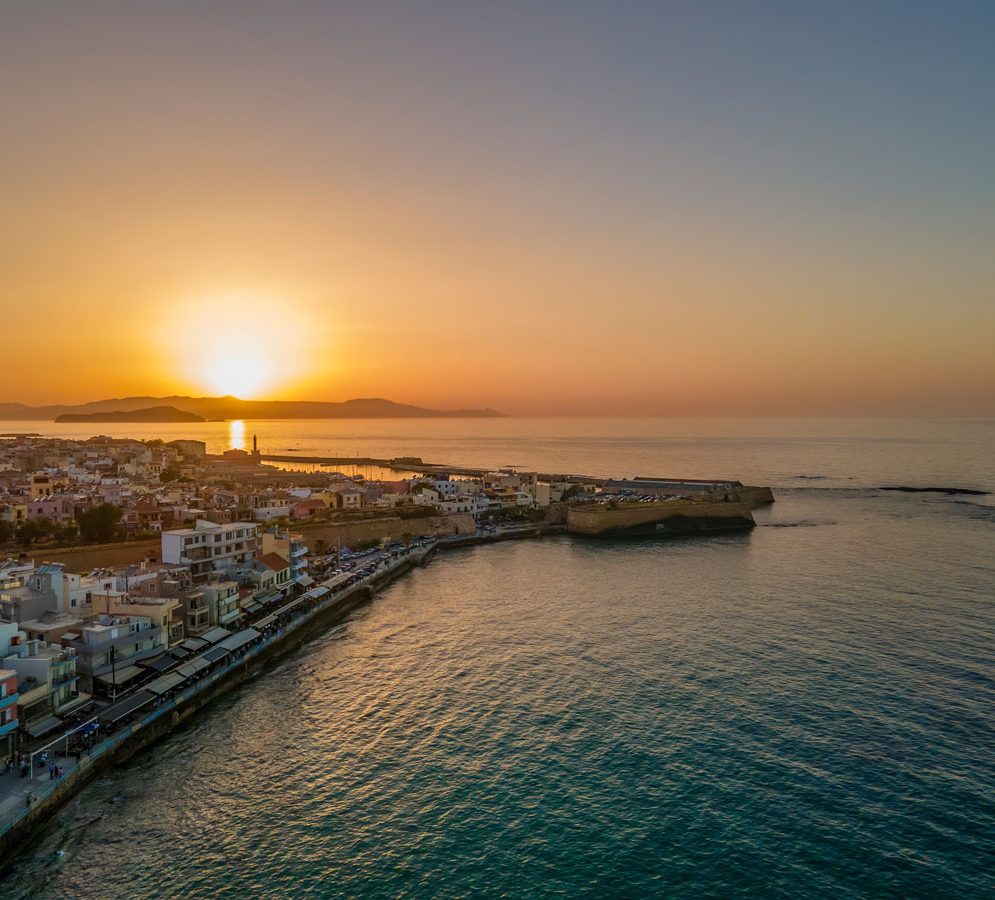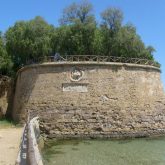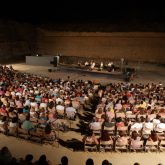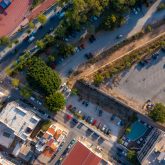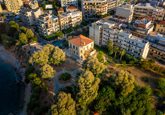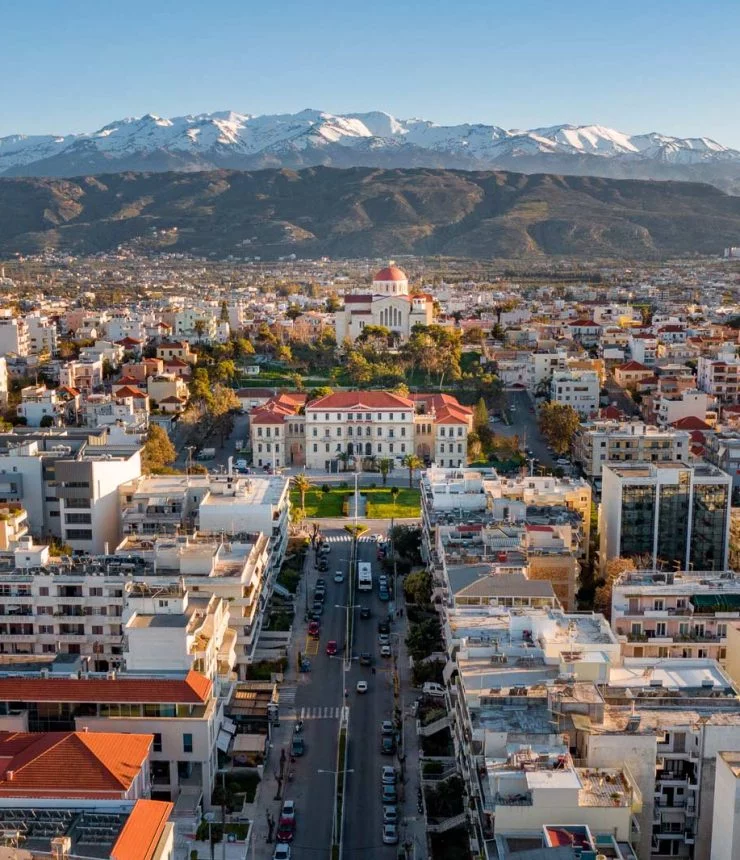Koum Kapi neighborhood got its name from the Turkish word “Kum Kapisi”, which means “Gate of Sand”. The Gate of Sand, or “Sabbionara”, which was its original Venetian name, was a big gate on the eastern end of the old walls of Chania city, which led to a beautiful sandy beach. Today, the neighborhood is known for its charming cafes and restaurants that are favored by the locals, so if you want to blend with local life, this is the place to do so. Koum Kapi offers one of the most distinct coastal promenades of the city, as it is elevated a couple of meters above sea level, providing great views. As the neighborhood is very close to the Venetian Harbor, most of the buildings are new or tastefully renovated, but this was not always the case during the area’s interesting past.
In the middle of the 19th century, during the last decades of the Ottoman Empire, thousands of people from North Africa, many of them Bedouins, were brought to the city, to undertake the hard labor at the nearby harbor. These were the so-called “Halikoutides” by the locals. The area was not inhabited at that time, so this became their place of residence. At the time, the financially collapsing Ottoman Empire was unable to provide them with even the most basic of residences or amenities; therefore they built their makeshift huts on their own. The building materials used were whatever they could find, being it cloth, tin, or even cardboard, resulting in a big slum in the area, equivalent to a modern favela. Following the liberation of Crete and its unification with the rest of Greece in 1913, the population exchanges between the Greeks and the Ottomans, resulted in the return of most of the residents back to their countries of origin in Africa. It was then that the local authorities focused at improving the housing and sanitary conditions in the area. In 1924, many Greek refugees who had been forcibly eradicated from their homeland by the Turkish army, found their new home in Chania city and started a new life for themselves here. Step by step, with hard work, the neighborhood which used to be the slum of the city more than a century ago, is now one of its finest coastal neighborhoods.
